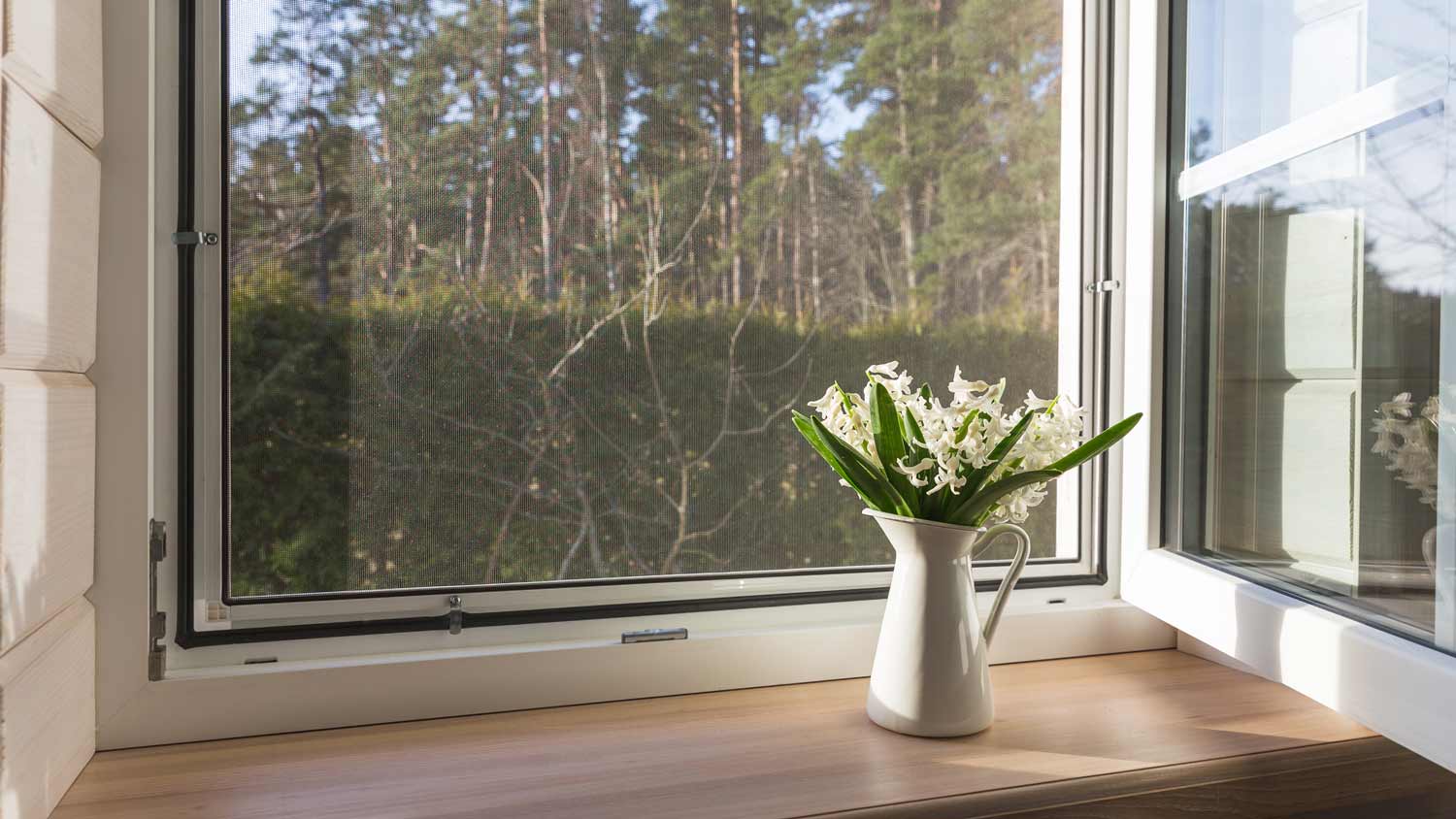Who Should I Call When I Have Water Leaking From the Top of a Door Frame?
What to do when there’s water where it’s definitely not supposed to be


The sight of any potential leak is enough to stop a homeowner’s heart, to say nothing of one as unnerving as water coming from the top of a door frame. Beyond the possibility of costly damage, there is something uncanny about the inexorable spread of water from the peak of the very threshold designed to keep the elements out, as if emanating from a non-human power in a horror movie. Once you get a handle on the problem and the water mopped up, your first call should be to a window and door installer or door repair professional.
Benefits of Hiring a Door Installation or Repair Professional
Most simply, no one is better suited to fixing the problems arising from a poorly hung or faulty door than the professionals who have spent years accruing experience and expertise installing and fixing exterior doors. As a homeowner, there are several reasons why you might turn to independent contractors or large window and door companies for your door repair. Door professionals can:
Install, service, or repair doors
Save you time and energy on DIY projects
Install weatherstripping or sealing to doors
Offer advice for selecting awnings or overhangs
Ensure safety and security with proper installation
Hiring a door installation or repair professional helps guarantee quality service. Because of their licensing and insurance, they uphold certain standards and codes that make for a top-notch and long-lasting renovation.
Can I DIY the Repair and Installation?
Repairing the flashing is a simple DIY job. When you spot leakage or water damage that seems to be coming from the top of an exterior door, the source is usually either inappropriately sized or improperly installed flashing or a damaged seal. You can find the leak by spraying the door with a hose from the outside (with someone inside at the ready with a tarp or a wet-dry vacuum to prevent damage)—and inspecting your door’s weatherstripping—to determine the moisture’s point of entry.
To repair the flashing, take the following steps:
Determine the type of weatherstripping you need.
Remove the old flashing using the backside of a hammer.
Take measurements and cut the new weatherstripping to size.
Position the pieces tightly in place so that the material is compressed.
Hammer in nails 2 inches from the top and bottom, and then every 12 inches in between.
Installing an awning or adding a roof entry is a more complex affair. Adding a simple retractable awning is certainly a manageable task for a DIYer with moderate experience—but such a model is likely only a temporary solution. Unless you’re seasoned in precisely this kind of work, you’re best leaving a more permanent installation of this kind to the pros.
Can I Hire a Handyperson or General Contractor Instead?
If you have a handyperson or general contractor whose work you know and trust, they can definitely be the right call for the job. Adding weatherstripping and sealing doors are tasks that fall perfectly within the handyperson’s standard remit—and installing the awning shouldn’t be a stretch for most contractors and handypersons either.
If you have difficulty locating contractors who specialize in this level of door and window repair, you might start looking at trusty referrals for a local handyperson or experienced general contractor.
How Does a Door Professional Prevent Future Leaks From Happening?
Fixing the leaky door frame will require caulking or new weatherstripping. Even more important is to make sure the door is protected from the elements by an awning, entry roof, or roof overhang. This small detail ensures that even a poorly weatherstripped door will fare well in precipitation, except for the rare occasion when strong wind gusts drive rain and snow horizontally.





- Why Water is Leaking Through Your Sliding Glass Door and How to Stop It
- 5 Ways To Make Your Front Door Energy Efficient
- All the Parts of a Door: The Homeowner’s Guide
- Need Door Repair? Who to Hire for a Sticking Door
- 8 Common Reasons Your Door Won’t Open (and How to Fix It)
- 7 Common Door Problems and What Causes Them
- How to Fix a Door That Sticks: 5 Different Methods
- How to Insulate a Door
- How to Fix a Gap Between a Storm Door and Frame to Seal Your Home
- Who Do You Hire to Fix or Install a Garage Door?















